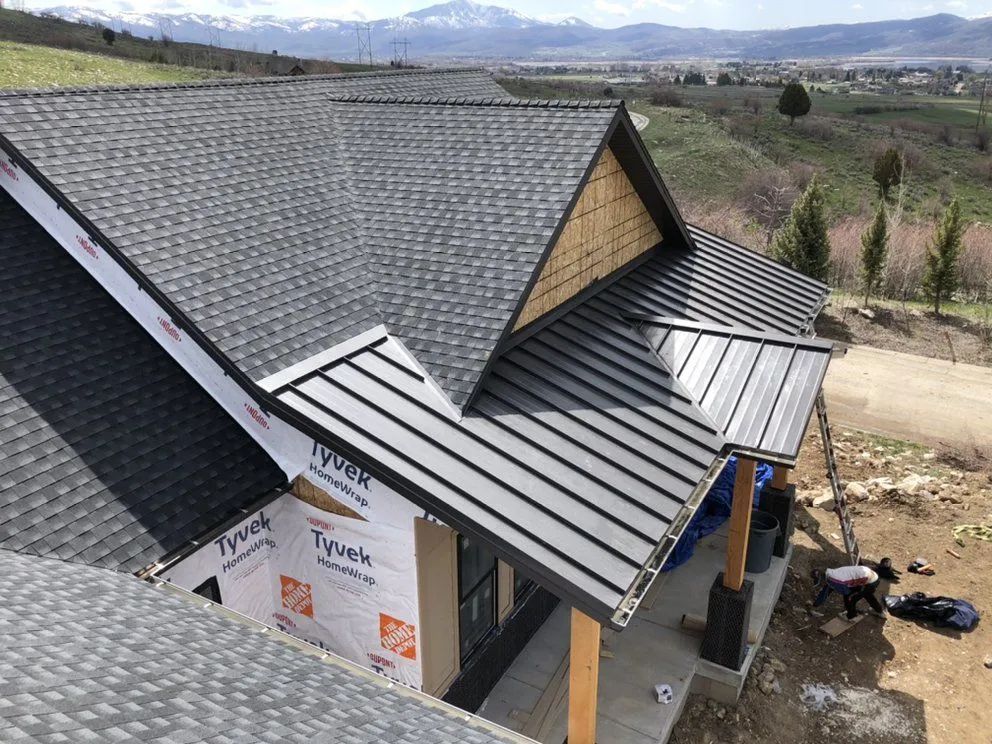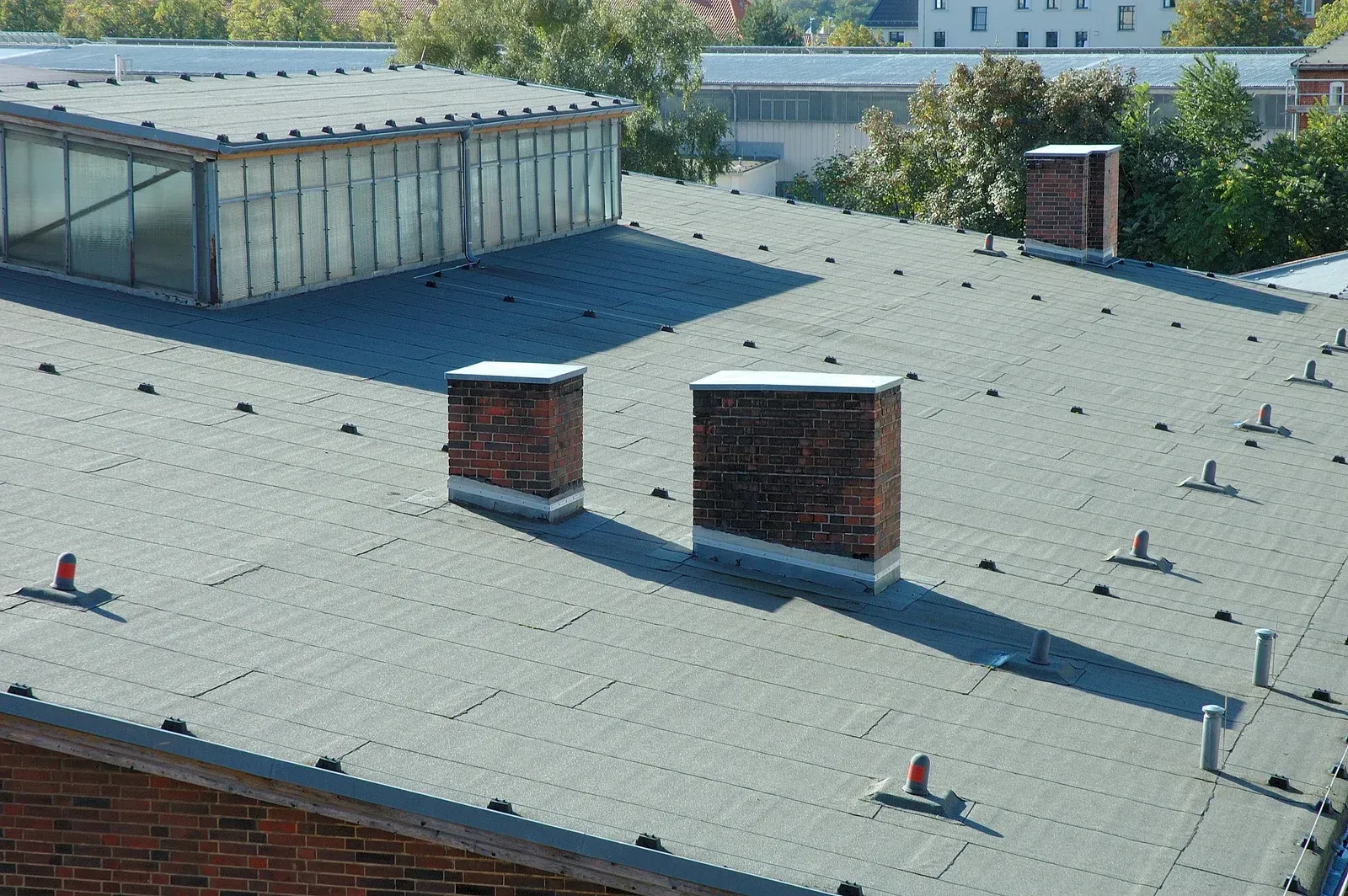Is Your Roof Ready for Storm Season? Here’s How to Prepare
Storm season in Layton, Utah, can be unpredictable—one minute it's sunny skies, the next it’s howling winds, pounding rain, or even hail. If your roof isn't prepared, that sudden shift could turn into costly damage. Your roof isn’t just shingles and nails; it's your home’s first line of defense. But how do you know if it’s ready to take a beating? Whether you're dealing with a few storms or a full-blown seasonal onslaught, taking proactive steps now can save you from headaches (and expenses) later.
1. Schedule a roof inspection before the clouds roll in
The best way to start preparing is by scheduling a professional roof inspection. A roofing expert will examine areas most vulnerable to storm damage—like loose shingles, weakened flashing, soft spots, and clogged valleys. These small issues can become major problems when exposed to high winds and water. An inspection gives you peace of mind and a clear plan for any necessary repairs.
2. Clear those gutters and downspouts
Gutters are one of the unsung heroes of your roofing system. If they’re full of leaves or debris, water can back up and pool under shingles or overflow near your foundation. Clean your gutters thoroughly and ensure downspouts direct water away from your home. This simple task can prevent thousands of dollars in potential water damage.
3. Reinforce loose shingles and vulnerable flashing
Shingles that are already curling or loose don’t stand a chance in high winds. Flashing around chimneys and vents can also peel away or leak if not properly sealed. Secure or replace these elements before storm season begins. Reinforcing them now will help your roof hold strong when the wind tests its limits.
4. Trim trees and branches before they become a problem
Overhanging limbs are beautiful until they come crashing down during a storm. Trim back branches that are too close to your home, especially those hanging over your roof or gutters. Not only does this reduce the chance of impact damage, but it also helps keep gutters clear of falling leaves and twigs.
5. Watch for signs of sagging or pooling water
If you have a flat or low-sloped roof, check for areas where water tends to collect. Pooling water is a red flag that something’s wrong with your drainage. Over time, this can weaken the structure and lead to leaks, or worse, a partial collapse. Make sure your roof is draining properly and that sagging areas are addressed by a professional.
6. Review your insurance policy and roof warranty
Storm damage can be sudden and severe. Make sure your homeowner’s insurance policy is up to date and that you understand what’s covered. Also, check if your roofing materials or installation are still under warranty. Being prepared with documentation will speed up the process if repairs or claims become necessary.
At the end of the day, the best time to prepare your roof is before the clouds roll in. At J & R Roofing, we’ve spent over 22 years helping homeowners in and around Layton, Utah, strengthen their homes with reliable roofing solutions. From asphalt shingle roofing and metal roofing to storm damage repair and commercial roofing systems, we have the tools, experience, and knowledge to protect what matters most. Don’t leave your roof’s health to chance; let J & R Roofing help you stay safe and dry, no matter what the skies bring.



